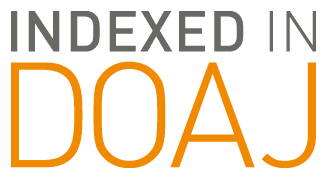Abstract
A strong family unit and dyadic relationship can buffer against the possible development of depression and Posttraumatic Stress Disorder (PTSD). A growing body of literature has been investigating how couples communicate during a combat separation. However, there has not been a robust framework to conceptualize the findings; this paper posits that attachment theory can fill this gap. This study was a cross-sectional retrospective design that included twenty-two heterosexual dyads. Nine modes of communication were assessed: letters, care packages, email, telephone, text with phone, social networking, Skype, instant messenger and instant messenger with video. Also, frequency of communication was examined for each of the different modes of communication. In line with prior research, the modes of communication were placed into categories, delayed and interactive forms of communication. This study found that attachment style and frequency of communication affects combat veterans’ and their partners’ differently. Partner anxiety was negatively correlated with all assessment instruments that measured post-deployment constructs: relationship satisfaction, depression, perceived PTSD of their veteran, self-reported stress, and family functioning. Conceptually, attachment theory suggests that the deployed service member’s caregiving behavioral system is activated whereas the stateside partner’s attachment behavioral system is activated.
Recommended Citation
Ponder, Warren and Carbajal, Jose
(2020)
"The Dyadic Dance during Deployment: Veteran and Partner Romantic Attachment,"
Journal of Human Services: Training, Research, and Practice: Vol. 5:
Iss.
1, Article 1.
Available at:
https://scholarworks.sfasu.edu/jhstrp/vol5/iss1/1
Included in
Clinical Psychology Commons, Counseling Commons, Counseling Psychology Commons, Other Social and Behavioral Sciences Commons, Social Work Commons
Tell us how this article helped you.
